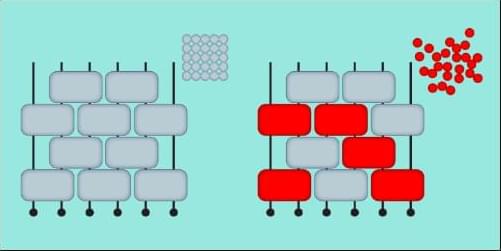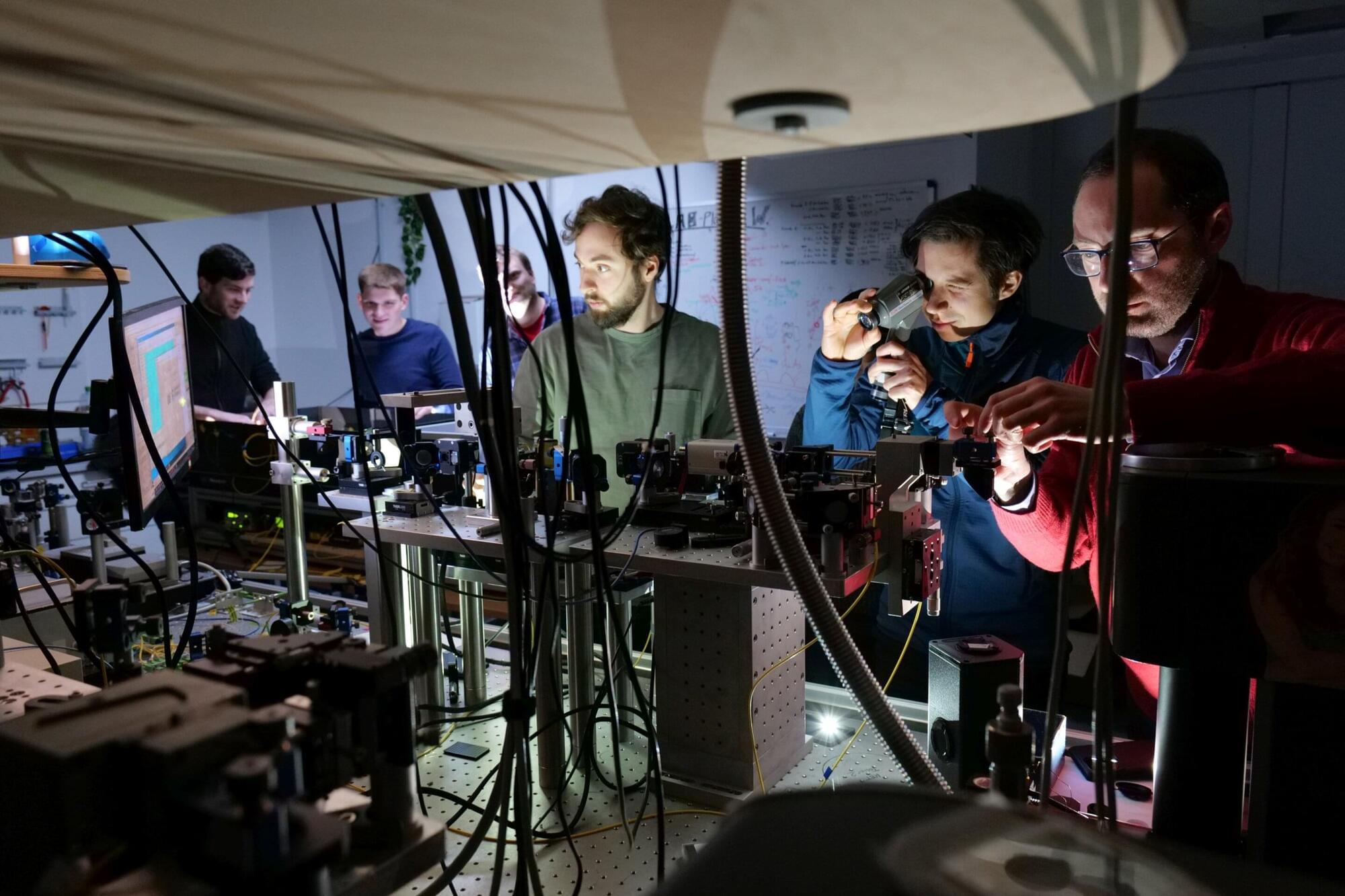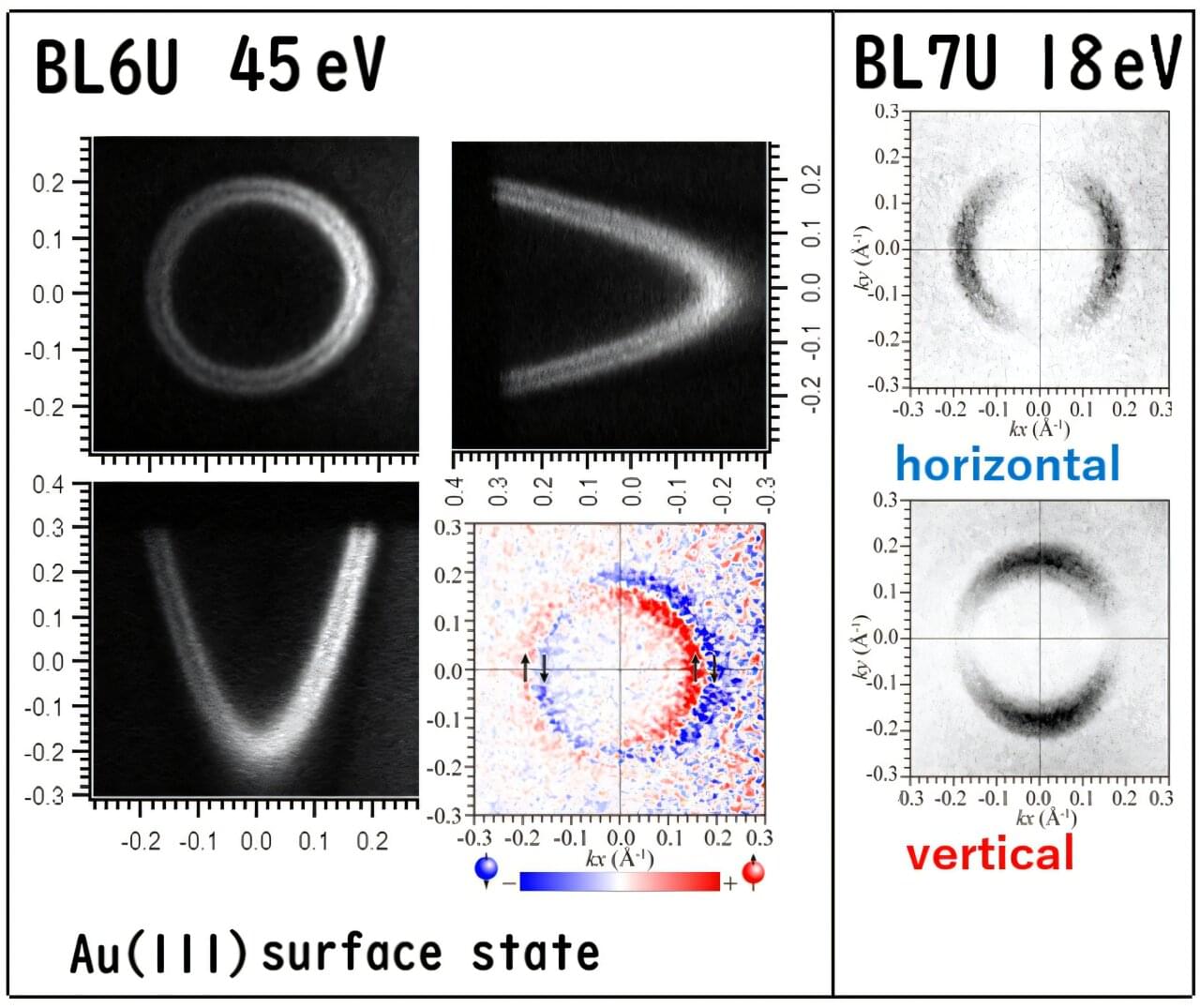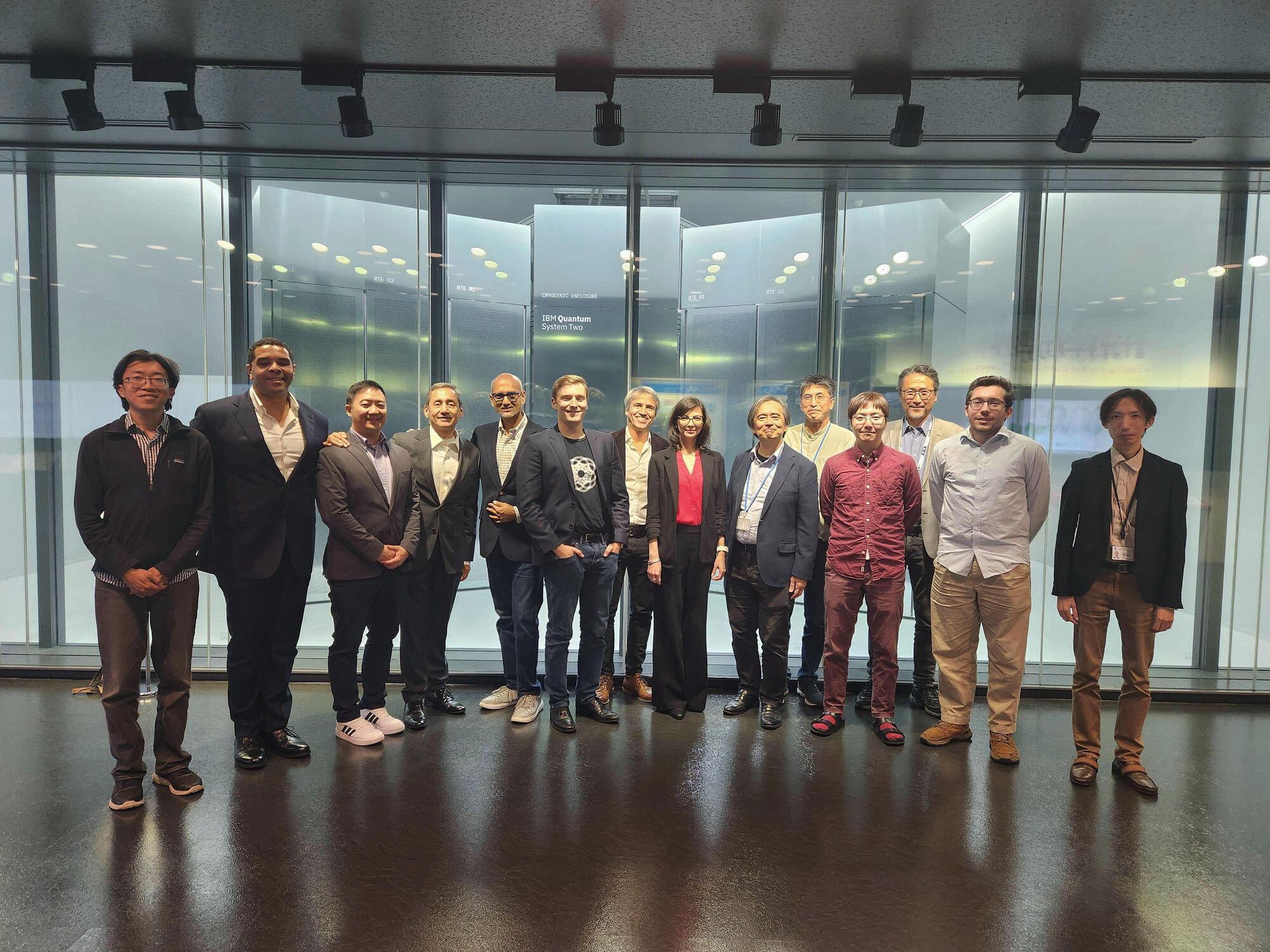A research team at the Jülich Supercomputing Center, together with experts from NVIDIA, has set a new record in quantum simulation: for the first time, a universal quantum computer with 50 qubits has been fully simulated—a feat achieved on Europe’s first exascale supercomputer, JUPITER, inaugurated at Forschungszentrum Jülich in September.
The result surpasses the previous world record of 48 qubits, established by Jülich researchers in 2022 on Japan’s K computer. It showcases the immense computational power of JUPITER and opens new horizons for developing and testing quantum algorithms. The research is published on the arXiv preprint server.
Quantum computer simulations are vital for developing future quantum systems. They allow researchers to verify experimental results and test new algorithms long before powerful quantum machines become reality. Among these are the Variational Quantum Eigensolver (VQE), which can model molecules and materials, and the Quantum Approximate Optimization Algorithm (QAOA), used for optimization problems in logistics, finance, and artificial intelligence.









